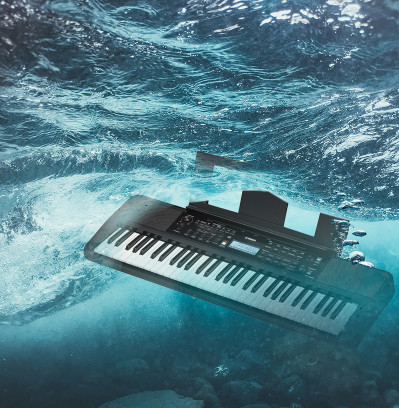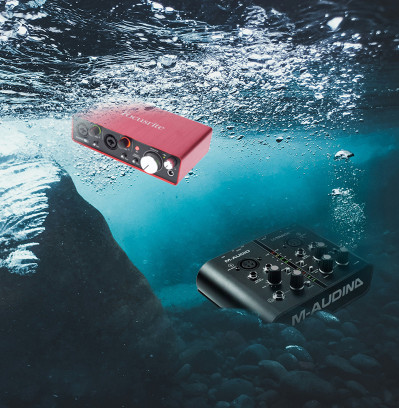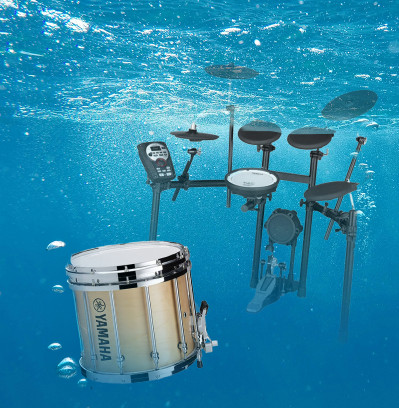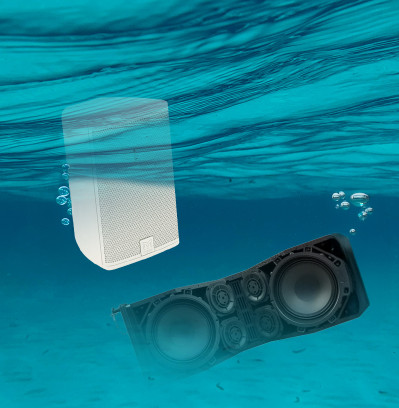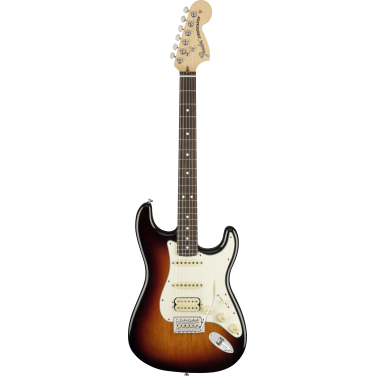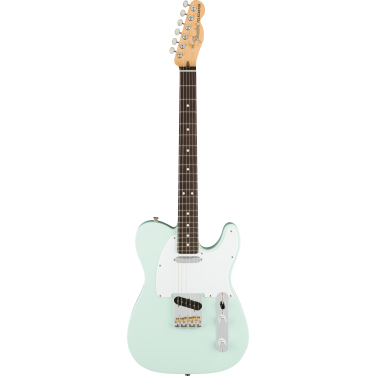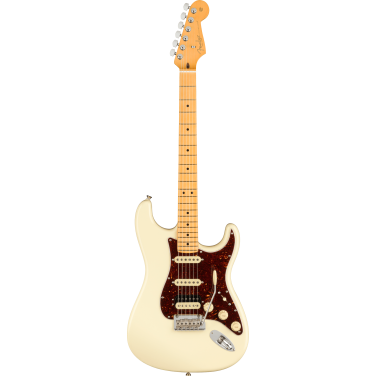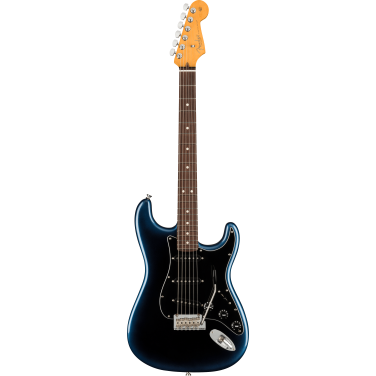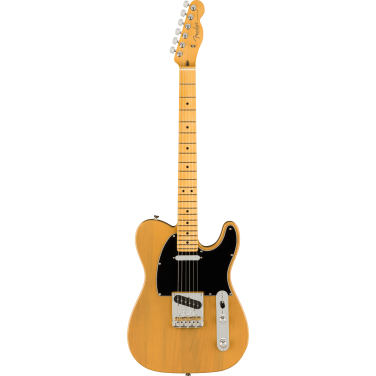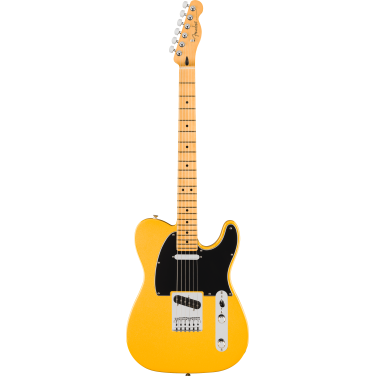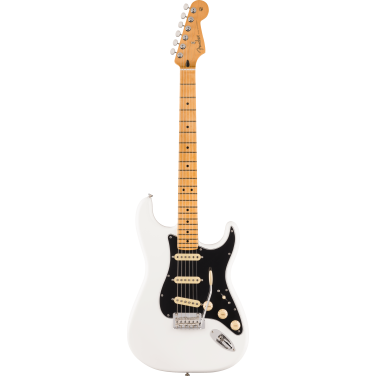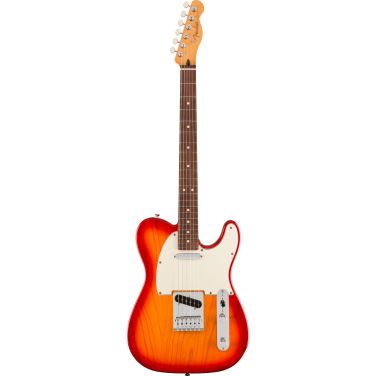How to Choose an Electric Guitar: Helpful Recommendations
Choosing the right electric guitar can be a challenge — there are many details to consider to make the right decision. Pay attention to:
- Body shape
- Body type
- Neck construction
- Materials used
- Pickups and other design elements
Don’t forget about tone and playing comfort either. Sounds complicated? Don’t worry — we’ll make it easy to find your ideal guitar.
General Recommendations
The best option is to visit a store and try out instruments in person. But if that’s not possible, you can still find a great model online — as long as you know what to look for.
Before buying, ask yourself a few key questions:
What do you need the guitar for? Will it be for practice or live performances? This can affect the design and body shape you choose, especially if it’s part of your stage presence.
What technique do you plan to use? Choose a shape and build that feel most comfortable for your playing style.
What musical style will you play? This affects the kind of sound you’ll want, including body type, materials, and pickups.
What’s your budget? Pick a model in your price range. Budget guitars aren’t just for beginners — experienced players use them too. It all depends on your creative needs.
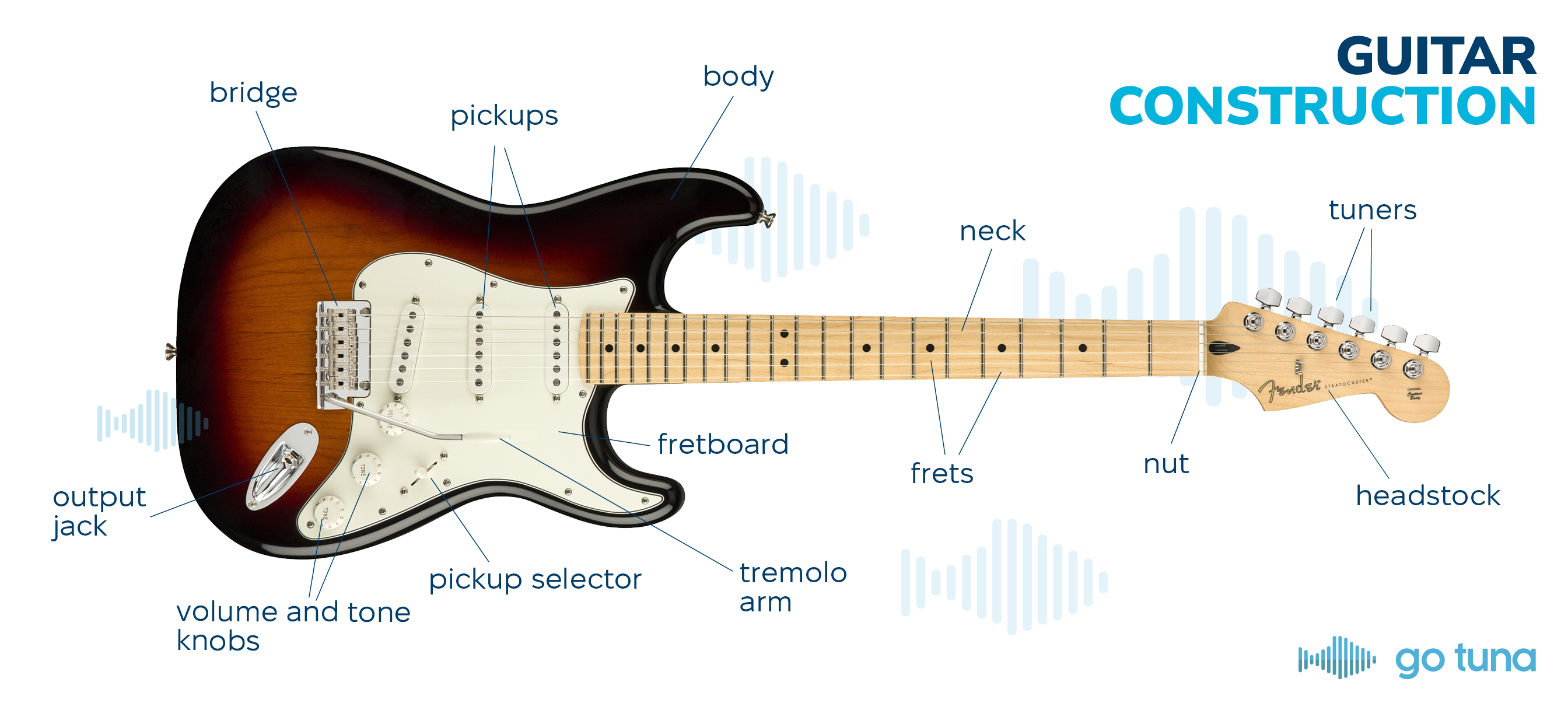
The key features in more detail
Body Construction
Unlike acoustic guitars, electric guitars rely on amplifiers for resonance. So when picking your guitar, consider the amp too.
Shape
The first thing we usually notice is the guitar’s shape and color — and that’s fine. It’s easy to imagine yourself on stage playing a cool solo. But the shape also affects tone and comfort.
Body Types
- Hollowbody: The body is completely hollow. Popular in jazz and blues for its deep, resonant tone. May cause feedback at high volume.
- Semi-hollow: These have a solid center block and hollow sides. A great choice for many genres, from blues to hard rock. With the right amp settings, you get a clean, stable tone.
- Solidbody: Made from a solid piece of wood. The most popular and versatile type. No feedback issues and great for all genres.
Tonewoods and Body Materials
The type of wood affects the tone, weight, and price of the guitar. While pickups and hardware can be replaced, the body stays — that’s why many players choose the tonewood carefully.
Common tonewoods include:
- Mahogany: Dense and heavy. Provides a warm, rich tone with strong low mids and mellow highs. Great sustain and attack — ideal for rock.
- Alder: Lightweight with a balanced tone across the frequency spectrum. Versatile for many styles.
- Swamp ash: Similar to alder but often brighter. Each piece can sound different, making every guitar unique.
- Basswood: Softer than alder, with a slightly muted tone, balanced mids, and smooth sustain.
- Maple: Bright, slightly gritty tone with great sustain. Often used for hollowbody tops.
Neck Design and Comfort
The neck’s width, profile, and material influence both feel and sound. Some players prefer narrow necks for faster solos; others like thick necks for grip and support.
Common neck profiles:
- C-shape: All-around favorite. Comfortable for rhythm playing.
- U-shape: Thicker, ideal for larger hands.
- V-shape: Classic shape found on vintage guitars, can be soft or hard.
Typical neck woods:
- Maple: Hard and bright sounding, often used for slim necks.
- Mahogany: Heavier with a warmer tone, used for thicker necks.
Fingerboard Options
The material of the fingerboard affects both tone and feel.
Popular options:
- Maple: Bright tone and fast response.
- Rosewood: Warm and balanced, most common for all-around use.
- Ebony: Dense and durable. Smooth feel and crisp tone.
Scale Length
The scale length (distance from nut to bridge) affects tone and string tension.
- 25.5" (Fender-style): Bright tone, snappy attack, and tight bass.
- 24.75" (Gibson-style): Warmer tone with midrange focus and easier string bending.
- 27" (Baritone): Great for lower tunings and heavy riffs.
Shorter scale = softer tension, easier to press strings. Longer scale = brighter tone and tighter feel.
Neck Attachment
How the neck connects to the body affects sustain, tone, and feel.
- Neck-through: Neck runs through the body. Excellent sustain and smooth feel.
- Bolt-on: Screwed into the body. Punchy tone and strong attack, but slightly less sustain.
- Set-neck: Glued in. Balanced sustain and tone, used on many premium models.
All three types can be great — just pick what suits your budget and personal preference.
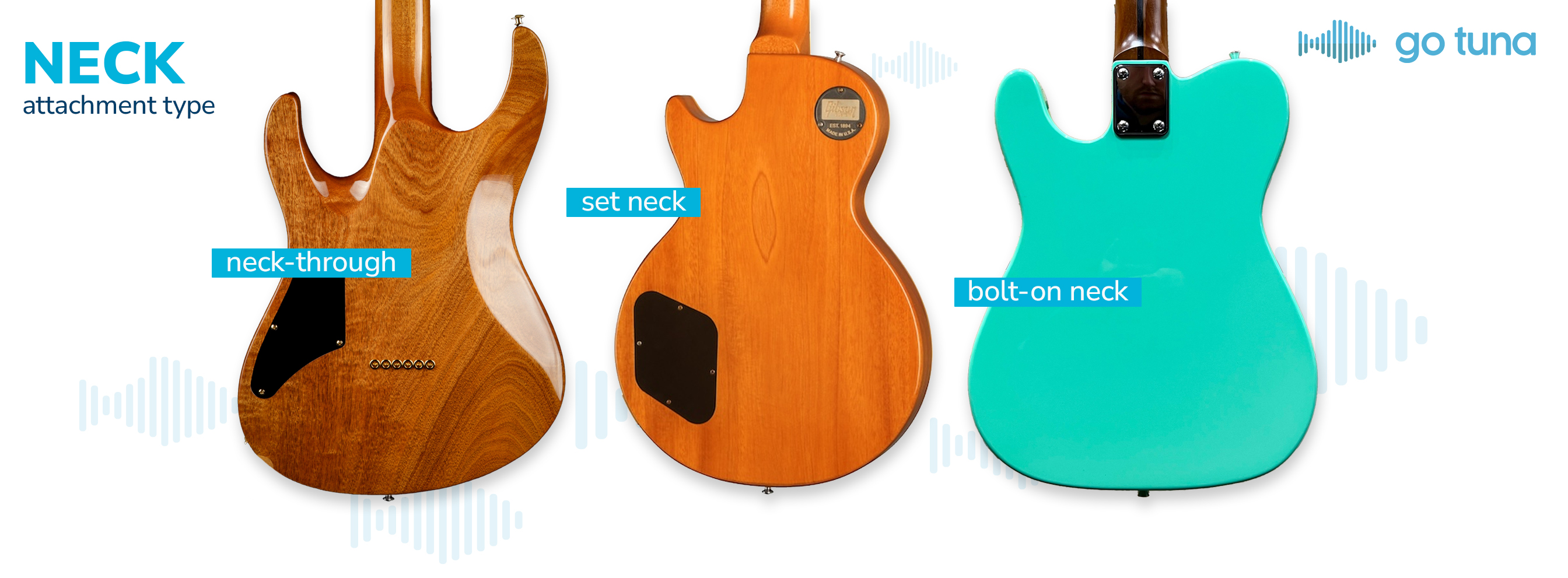
Electronics
Pickups are the heart of an electric guitar — they convert string vibrations into an electric signal, which then turns into sound.
Types of pickups:
- Single-Coil: Bright and clear with a bit of hum. Great for funk, jazz, blues, and pop.
- Humbucker: Fuller, louder, and hum-free. Perfect for rock, metal and heavier styles.
Most electric guitars have two pickups (neck and bridge), while Strat-style guitars may have three (bridge, middle, neck). Common configurations include SSS, HSS, and HH.

Pickups can also be:
- Passive: Classic warm, natural tone, slightly more sensitive to interference.
- Active: Powered by batteries. Clean and loud — ideal for modern music.
Other Hardware Details
The bridge holds the strings and affects tuning and string height.
Bridge types:
- Fixed (Tune-o-matic, Hardtail): Simple, stable and easy to maintain. Great for beginners and performers.
- Tremolo (Strat-style, Bigsby): Allows for vibrato effects and pitch bends.
- Floyd Rose: Advanced tremolo system. Allows to change pitch up and down. Holds tuning well but complex to set up.
- For beginners or those on a budget, a fixed bridge is a solid choice. If you want expressive playing with tremolo effects, go for a tremolo system.
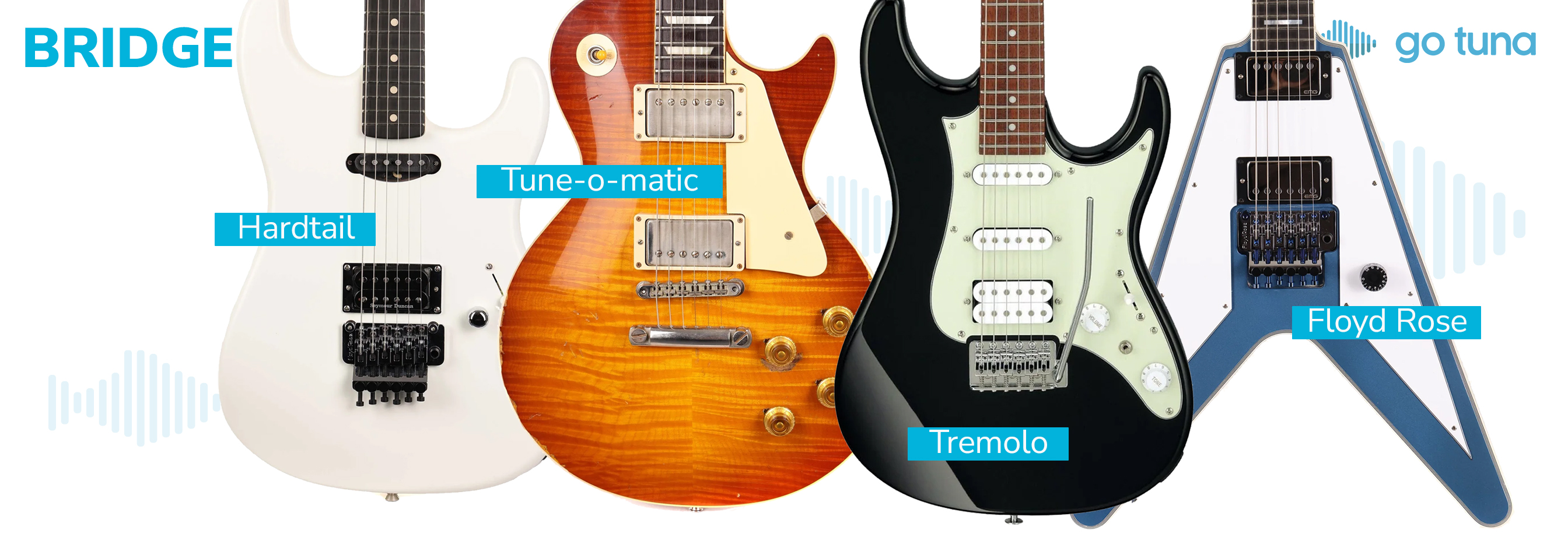
Tuners (machine heads)
High-quality tuners make tuning easier and more stable. Locking tuners are especially convenient and hold tuning better during intense playing or tremolo use.
Popular Guitar Types
Let’s review some of the most popular electric guitar models:
- Stratocaster: Known for its clean, glassy tone. Three single-coils offer great dynamics. Great for blues, funk, pop, indie, and classic rock.
- Superstrat: Modern design with fast necks and hot pickups (HSS or HH). Great for metal and shredding.
- Telecaster: Bright, twangy tone. Great for country, rock, and pop. Clear attack and vintage character.
- Les Paul: Warm mids, strong sustain. Usually equipped with humbuckers. Great for classic rock, blues, and heavier styles.
- Hollowbody and semi-hollow: Smooth, resonant tone. Loved in jazz, blues, and soul.
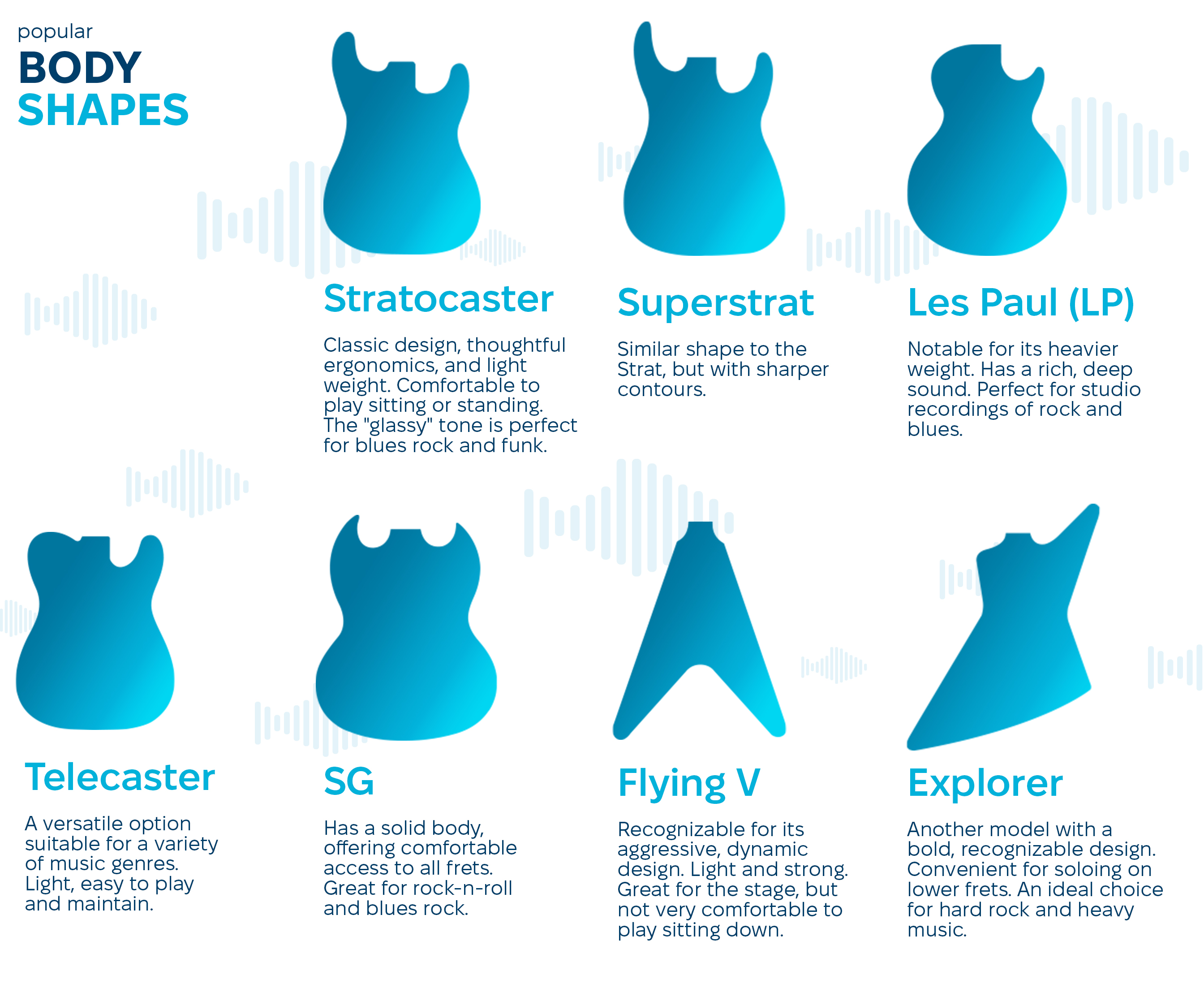
Final Thoughts
- Finding the perfect electric guitar isn’t easy — especially if it’s your first. But here are some simple tips to guide you:
- Know your genre. Humbuckers for heavy music, single-coils for clean styles. HSS gives you both.
- Choose a shape and scale that feel comfortable in your hands.
- Check that the guitar is made from quality materials and by a trusted brand.
And most importantly — listen to your heart. Specs are important, but the real magic happens when you start playing.
Find your tone, shape, and sound — and start experimenting with your new guitar. And if you get stuck, we’re always here to help.
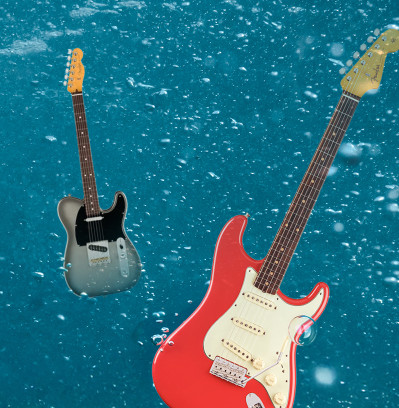


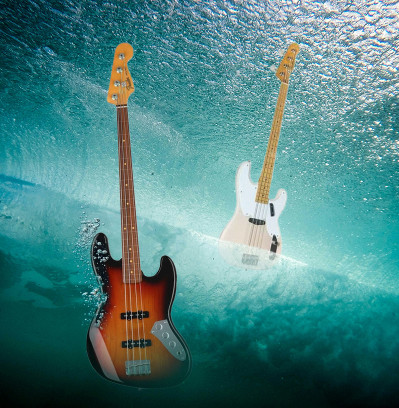
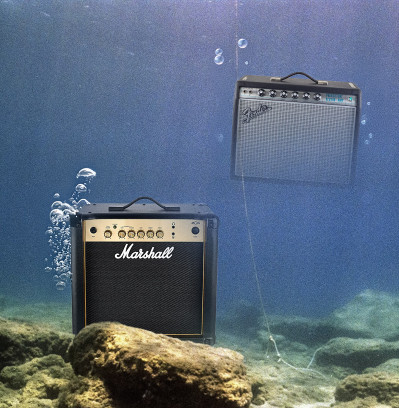

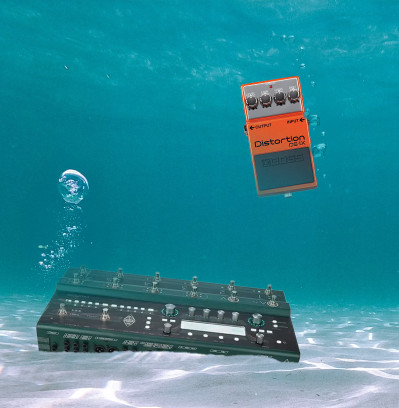



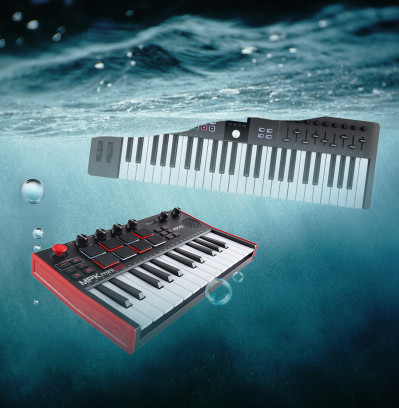
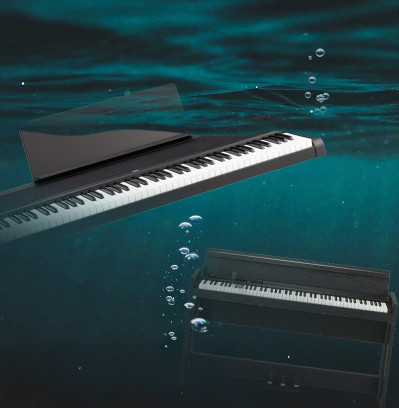
-399x408.jpg)
